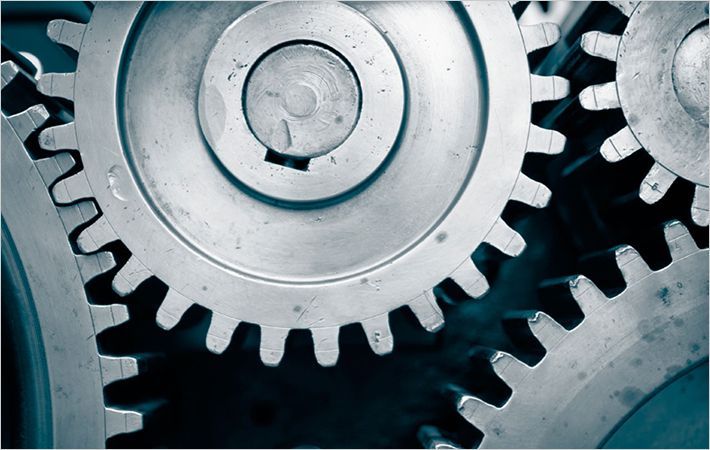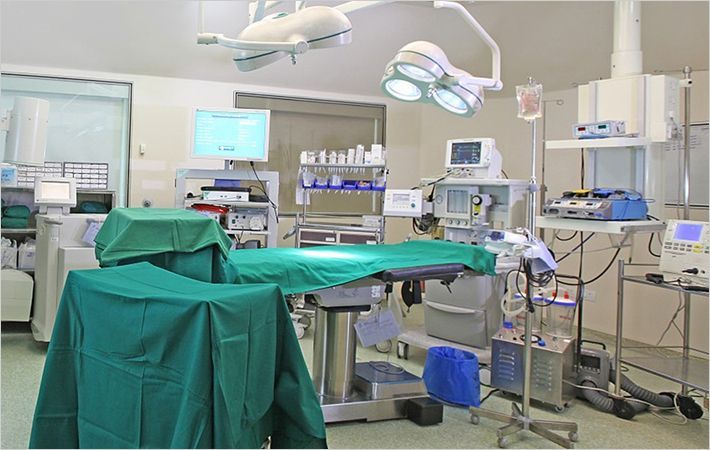Gneuss, a German company recently organised the Dr. Thiele PRF Recycling Forum and Gneuss Open House which showcased latest developments in the collection and processing of used polyester bottles.
“The PRF and Open House saw over 100 participants from 14 countries in attendance, which demonstrated that there is an ongoing interest in the specialist field of polyester recycling,” Gneuss said.Gneuss, a German company recently organised the Dr. Thiele PRF Recycling Forum and Gneuss Open House which showcased latest developments in the #
“As a lead-in to the subject, Dr. Ulrich Thiele from Dr. Thiele Polyester Technology reported on the state of the polyester recycling industry in China,” Gneuss informed in a press release.
Delegates were informed that with a collection rate in excess of 90 per cent, just under 3 million tons of used PET bottles are collected in China.
Along with another 2 million tons of imported waste bottles and 1.4 million tons of waste from polyester fibre, over 6 million tons of polyester recyclate are processed in China, mainly to make fibres and filaments.
According to David Swift from PCI, in Western Europe and the USA there are still significant potentials for improving the current collection rates of around 30 per cent in the US and around 55 per cent in Western Europe.
“This would help to continually increase the currently low 75 per cent capacity utilisation level of recycling plants,” Swift said.
Martina Lehmann of MAKCS GmbH reported on the work of RAL-Gütegemeinschaft, who have set themselves the task of creating binding RAL quality standards for PET recyclates.
The RAL standards guarantee those processing PET recyclate greater process reliability and end product quality.
For the first time at the PRF, two plant manufacturers presented their processes for chemical polyester recycling.
Meinolf Kersting from Uhde Inventa Fischer GmbH presented the flake-to-resin (FTR) process, with which pre-cleaned PET flakes are melted, degassed, partly broken down with glycol (partial glycolysis) and finely filtered.
The EverPET process presented by Dirk Karasiak of Aquafil Engineering GmbH described a different method.
With this method, the PET bottle waste is broken down with ethylene glycol to form the monomer BHET, which is then refined before being fed into the polycondensation.
What all recycling processes have in common is that the collected PET bottles are first sorted, undergo intensive cleaning and all foreign incrustations are removed.
One of the basic technologies for this is sorting and delegates were told that Se-So-Tec GmbH has specialised in sorting processes.
Michael Perl, who runs the Recycling-Sorting division at S+S, reported on innovations and standards in the sorting of bottles with the ‘Vari-Sort’ system that is done at the start of processing, and the sorting of the washed flakes at the end of the process using the S+S flake purifier.

